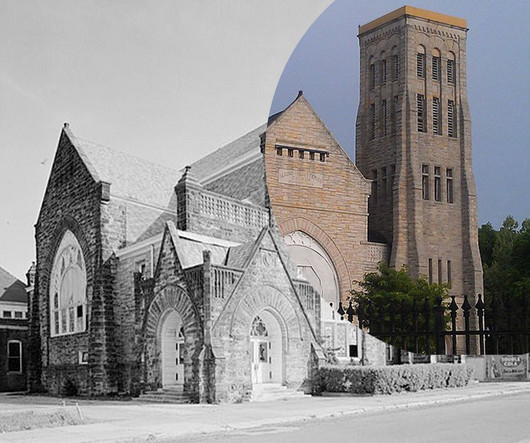Ending Persistent Poverty in Rural America: The Role of CDFIs
NonProfit Quarterly
MAY 17, 2023
Image Credit: Oladimeji Odunsi on unsplash.com Rural America is far more diverse than how it is portrayed in media and popular culture. This article introduces a new series, titled Eradicating Rural Poverty: The Power of Cooperation. This is true in urban areas and, critically, rural communities. come build.




















Let's personalize your content